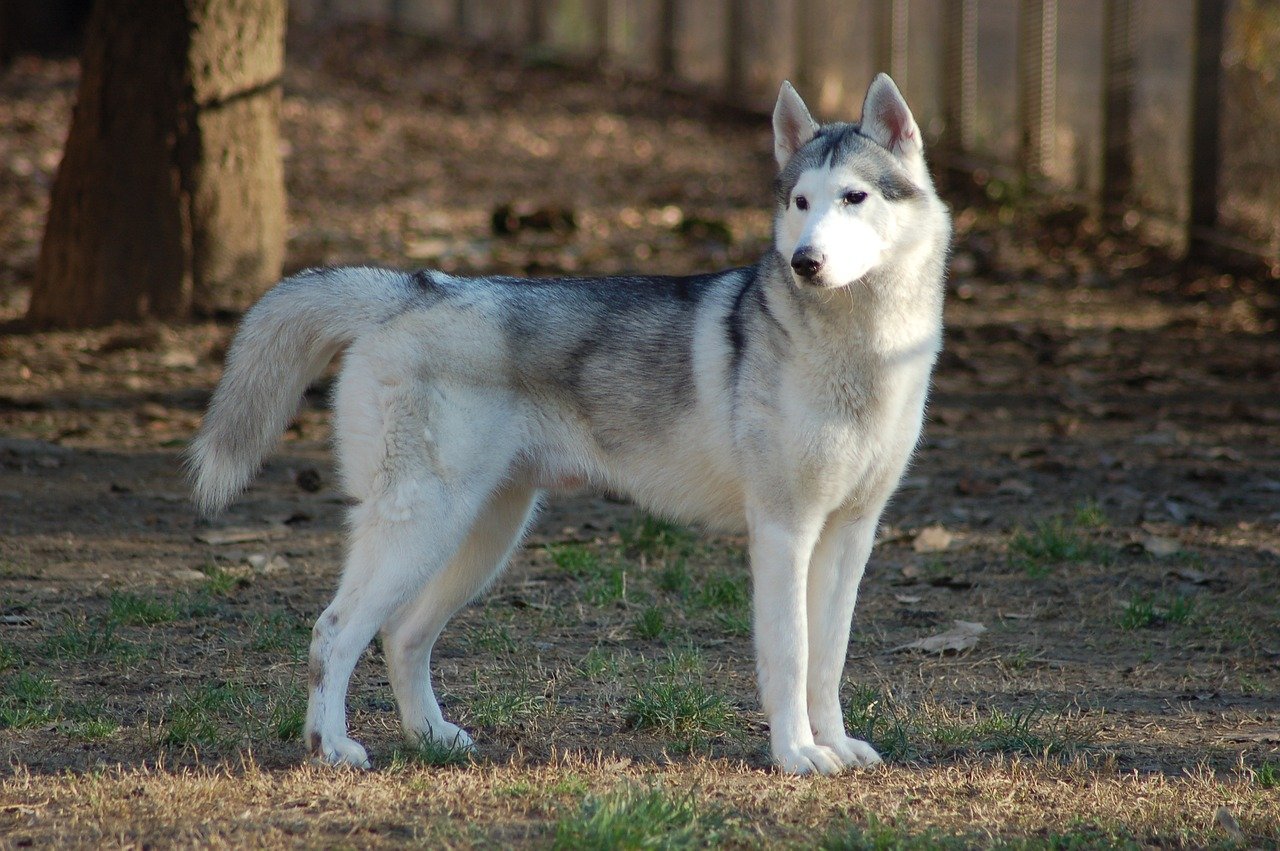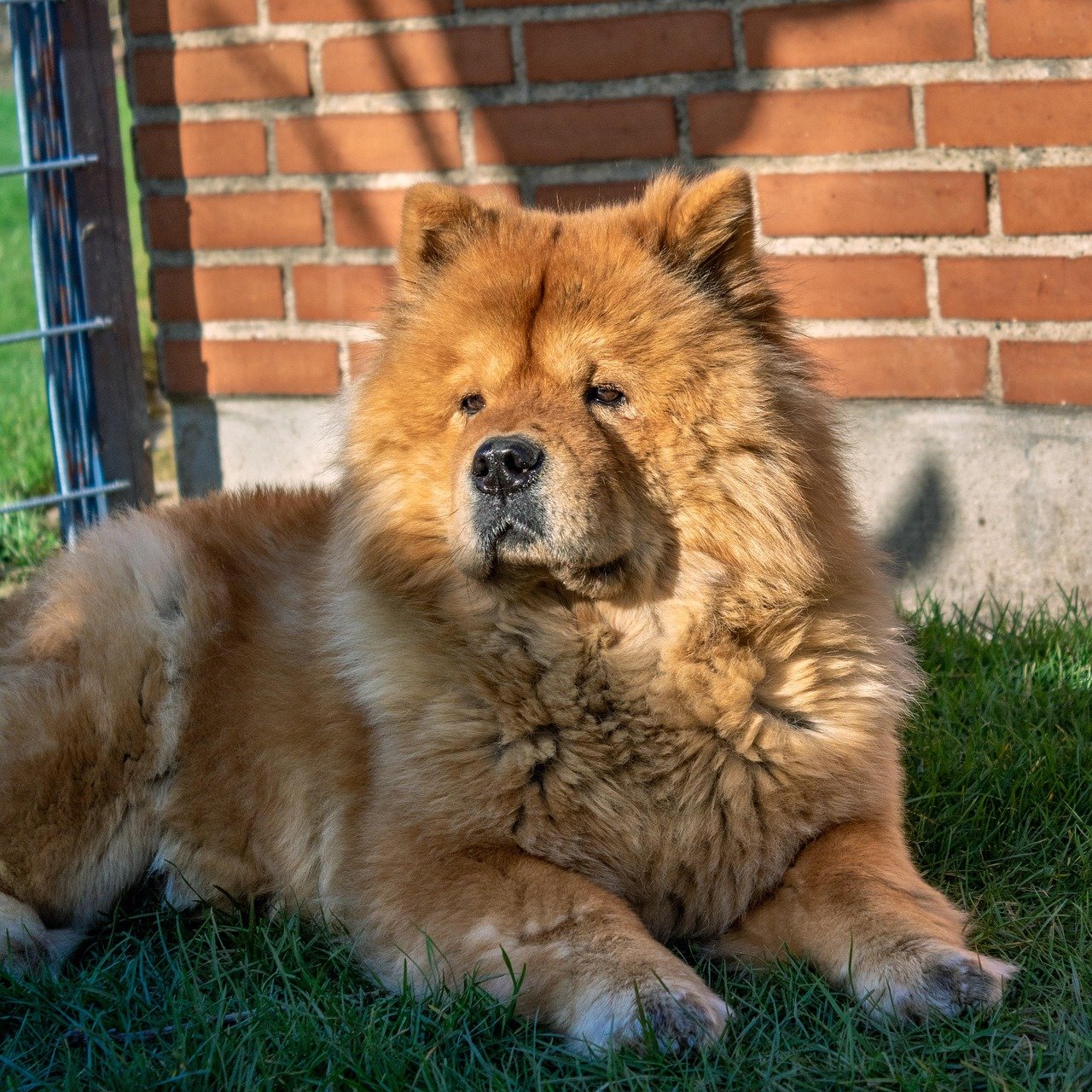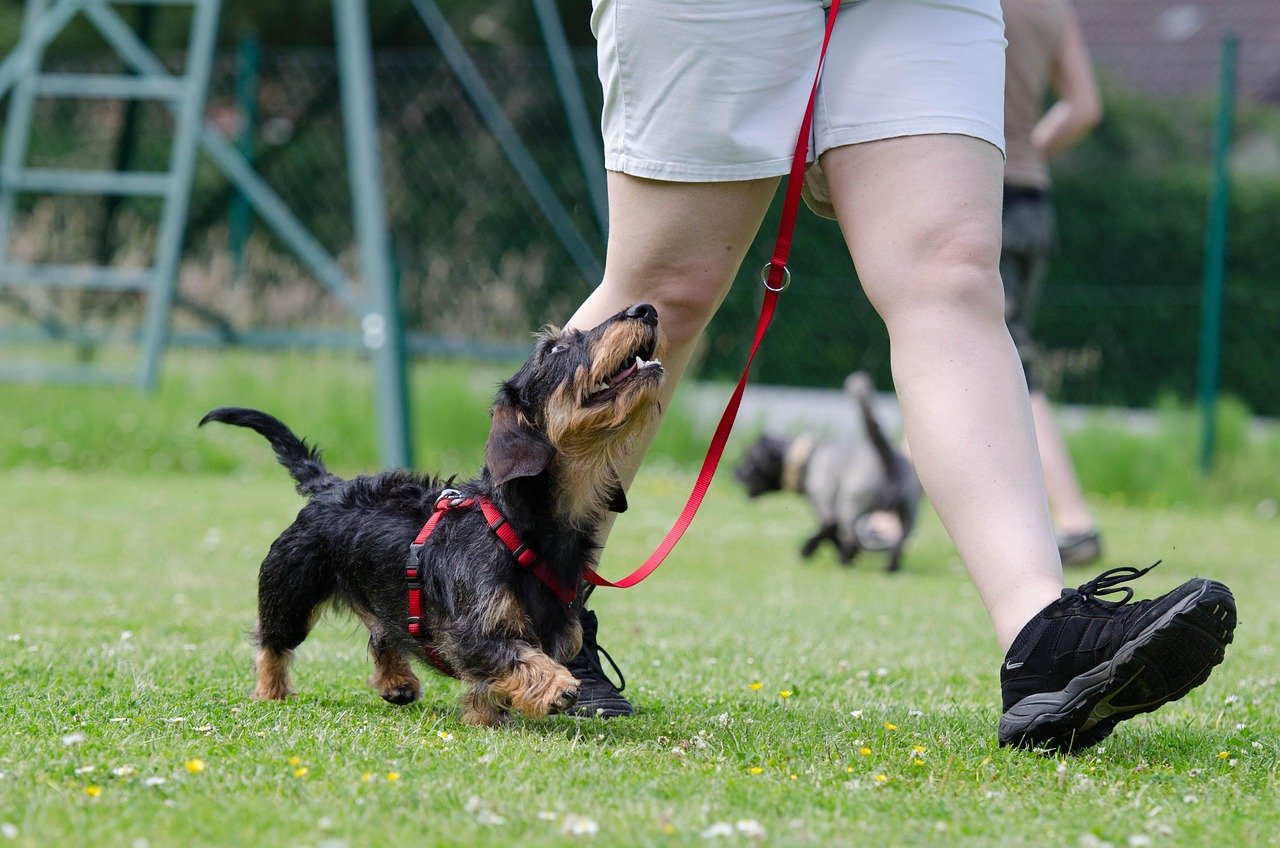Dogs have been humanity’s companions for thousands of years, but beneath that wagging tail and loving demeanor lies an animal with instincts that can surface when things go wrong. While every dog has the potential to become aggressive under the right circumstances, certain breeds are particularly vulnerable to behavioral issues when they lack proper training, socialization, and leadership. The key isn’t the breed itself, but how owners handle their unique needs and temperaments.
Aggression is the most common and most serious behavior problem in dogs, and it’s also the number-one reason why pet parents seek professional help from behaviorists, trainers and veterinarians. What makes this even more concerning is that aggressive behaviour is an unwanted and serious problem in pet dogs, negatively influencing canine welfare, management and public acceptance, with aggressively behaving dogs causing public concern by biting people and other pets, with medical or even lethal consequences for the victim.
Pit Bull Terriers
The pit bull terrier remains one of the most controversial breeds when it comes to aggression statistics. American pit bull terriers are considered some of the most dangerous dogs due to the high number of incidents involving this breed, with dog bite statistics showing that pit bulls are responsible for over 60 percent of all fatal dog attacks in the U.S. However, the story isn’t as simple as it appears on the surface.
Despite being loyal and loving to their owners, pit bulls can become aggressive, especially if improperly socialized, with powerful jaws giving this breed particularly serious bite force, often resulting in significant dog bite injuries. The reality is that these dogs were historically bred for certain characteristics that require experienced handling. American Pitbull Terriers are known for being tenacious and determined canines, and these characteristics can often lead to aggressive behavior and the courage to engage in fights. However, with proper training, these dogs can be incredibly loving and affectionate pets.
Rottweilers
Rottweilers command respect through their sheer presence, but this impressive breed needs an owner who understands their dominant nature. Rottweilers also have a reputation as a dangerous dog breed frequently involved in serious attacks, as large and muscular guard dogs, they are known for their protective instincts which can turn into aggression if they perceive a threat, with Rottweilers accounting for around 10 percent of fatal dog attacks annually.
Deeply loyal but dominant, the Rottweiler is a breed that commands respect and attention. When properly trained, these dogs are known for their unwavering loyalty and protective nature. However, a poorly trained Rottie may try to assert control over household members, especially during adolescence, making consistent training crucial. The key with Rottweilers is establishing leadership early and maintaining it consistently throughout their lives.
German Shepherds

German Shepherds are beloved for their intelligence and versatility, but their protective instincts can become problematic without proper guidance. German shepherds are commonly used as guard dogs and police dogs due to their intelligence and loyalty. However, their protective nature can sometimes make them aggressive dogs if they are not properly trained or socialized. While not responsible for as many fatalities as pit bulls or Rottweilers, German shepherds are still considered a high-risk dog breed, with considerably more dog bite incidents than most other dogs each year.
What makes German Shepherds particularly prone to issues is their intense loyalty combined with their natural suspicion of strangers. High impulsivity and activity are genetically distinct working-line German Shepherds compared to calmer show-line dogs as measured using behavior tests. This means that working lines especially need outlets for their energy and drive, or they may redirect that intensity toward their owners when frustrated.
Siberian Huskies

Don’t let those beautiful blue eyes fool you – Siberian Huskies are escape artists with a stubborn streak that can turn dangerous. Though these sled dogs are known for their friendly and playful nature, Siberian huskies are occasionally involved in serious dog attacks, particularly on children, with huskies having strong predatory instincts, and while they are generally good family dogs, they require more exercise and mental stimulation than other dog breeds.
It is important to also remember how closely huskies and other wolf-hybrids are removed from nature. If they become frustrated or are poorly trained, they can lash out, leading to fatal attacks if they feel threatened by strangers or an unfamiliar dog. Their pack mentality means they may challenge weak leadership, and their high energy levels can lead to destructive behavior when not properly channeled.
Chow Chows

With their lion-like appearance and aloof demeanor, Chow Chows are naturally independent dogs that don’t automatically defer to human authority. Dignified but distant, Chow Chows are notoriously aloof—even with their own family. These dogs often carry an air of self-importance and prefer to do things on their terms. If not raised with firm leadership, they can become aggressive and territorial, viewing even familiar faces with suspicion.
Chow Chows are not just distinctive in appearance but also in personality. They tend to be aloof and very independent, which can make training a challenge. Chow Chows are not naturally inclined to obedience. This independence, while charming to some, can quickly become problematic when combined with poor socialization or inconsistent training methods.
Akitas

Akitas are known for their intense loyalty, but this same trait can make them dangerously possessive of their chosen person. Powerful and prideful, Akitas are extremely loyal—but only to one person. This breed is known for its intense bond with its chosen human, often leading to jealousy or aggression if they feel slighted or challenged. Akitas are not for the inexperienced owner; they require firm, consistent training and socialization from an early age.
The problem with Akitas isn’t just their size and strength, but their tendency to make decisions independently. They were bred to hunt large game and guard property, which means they have both the physical capability and the mental inclination to take action when they perceive a threat. Without proper training, this can include viewing family members as threats to their relationship with their primary owner.
Doberman Pinschers

Doberman Pinschers are sleek, intelligent, and naturally protective – a combination that requires careful management. This large breed developed by Louis Dobermann in Germany is among the most intelligent, tenacious, and energetic of guard dogs. Often used by the Police, Doberman Pinschers can become aggressive, especially with strangers, if not trained properly.
The challenge with Dobermans is their high intelligence combined with their protective instincts. They’re quick to assess situations and make decisions, which can be problematic if they haven’t been taught proper boundaries. Certain breeds, such as the Dobermann and English Bull Terrier, are more likely to be perceived as dangerous when lunging and barking than, for example, a Golden Retriever, regardless of the underlying emotional state that is driving the behaviour.
Belgian Malinois
Belgian Malinois are incredibly intelligent working dogs, but their intensity can quickly overwhelm inexperienced owners. Brilliant but built for combat, the Belgian Malinois is a breed that thrives on mental and physical activity. These dogs need constant stimulation or they get neurotic, reactive, and sometimes dangerous. Their sharp minds and boundless energy make them ideal candidates for police and military work, but they can be challenging pets for inexperienced owners.
What makes Belgian Malinois particularly prone to turning on their owners is their need for a job. Despite having the highest average score, the Belgian Malinois only scored statistically higher than the Labrador Retriever. It should be noted that breed sample sizes varied markedly, with some samples being relatively small, including that of the Belgian Malinois. When they don’t have appropriate outlets for their drive and energy, they may create their own “jobs” which can include challenging their owners’ authority.
Bullmastiffs

Bullmastiffs were bred to be silent guardians, and this trait can make them unpredictable when they do decide to act. The bullmastiff is a large, powerful breed originally bred to guard estates. With their strength and protective nature, they have been involved in dog attack incidents, particularly when not properly trained. Though they tend to be calm and gentle with pet owners and their families, bullmastiffs can show aggressive guard dog tendencies toward strangers or other animals.
The problem with bullmastiffs is that they were bred to make independent decisions about threats. They don’t bark warnings like many other breeds – they simply act when they feel it’s necessary. This can catch owners off guard and make it difficult to predict or prevent aggressive incidents.
American Bulldogs

American Bulldogs are often confused with their more docile English cousins, but they’re actually much more athletic and potentially dangerous. Unlike British bulldogs with their stout build, American bulldogs are leaner, stronger and potentially more dangerous. These attributes can make these dogs dangerous in the wrong circumstances when wild dog behavior takes over the domesticated pet nature.
American Bulldogs retain much of their original working drive, which was developed for farm work and protection. Without proper training and socialization, this drive can manifest as aggression toward family members, especially during times of stress or excitement.
Cane Corso
The Cane Corso is an Italian mastiff breed that combines size, strength, and a strong protective instinct. An Italian Mastiff, this breed can often be found in the role of a companion dog or a guard dog. The Cane Corso is another breed that has in the past been used for hunting because of their aggressive nature. Cane Corsos are highly unlikely to be friendly with strangers.
What makes Cane Corsos particularly concerning is their natural wariness of strangers combined with their powerful build. They were bred to be property guardians, and this instinct runs deep. Without consistent socialization and training, they may view even familiar visitors as threats to their family unit.
Small Breeds with Big Attitudes

While we often focus on large breeds, small dogs can also turn on their owners, and their small size often means their warning signs are ignored. Previous studies have also associated small size with fearfulness and thus, it seems that small dogs are more vulnerable to behavioural problems in general. Interestingly, owners handle small dogs differently than larger dogs, which can partly explain the higher proportion of behaviour problems in smaller dogs.
Rough Collies, Toy Poodles, Miniature Poodles, and Miniature Schnauzers had the highest odds of aggressive behavior whereas Labrador Retrievers, Golden Retrievers, and Lapponian Herders had the lowest odds. After collecting owner questionnaires for over 9,000 purebred dogs, the authors found that dogs exhibiting aggressive behavior were more often male, small in size, the owner’s first dog, the only dog in the family, and fearful. In fact, highly fearful dogs were more than five times likelier to exhibit aggressive behavior than non-fearful dogs.
Understanding the Root Causes

The common thread running through all these breeds isn’t inherent viciousness – it’s the combination of specific traits that require experienced handling. The ASPCA believes that each dog should be viewed as an individual. Even though many purebred dogs no longer fulfill their original purposes, members of a particular breed may be predisposed to certain behaviors. Despite this, it’s neither accurate nor wise to judge a dog by their breed or breed type.
When identifying the most dangerous dog breeds, it’s important to rely on numbers and statistics rather than stereotypes. All dogs can become aggressive if not trained or treated properly, but certain breeds tend to be more frequently involved in serious dog attacks and even human fatalities. The key factors that contribute to dogs turning on their owners include lack of socialization, inconsistent training, failure to establish leadership, and not understanding the breed’s specific needs.
Conclusion

The reality is that any dog can become aggressive under the right circumstances, but certain breeds require more experienced handling due to their size, strength, and behavioral tendencies. Regardless of the breed, it’s the dog owner’s responsibility to ensure that their pet is well-trained, properly socialized and cared for. All dogs have the potential to be loving and loyal companions, but they also need guidance to prevent aggressive behaviors.
The breeds mentioned in this article aren’t inherently dangerous – they’re powerful animals with specific needs that must be met through proper training, socialization, and leadership. When these needs aren’t met, the results can be catastrophic for both the dog and the family. Remember, a poorly trained dog of any breed can become a liability, but with the right approach, even the most challenging breeds can become loving family members. The question isn’t whether your dog might turn on you – it’s whether you’re prepared to be the leader they need you to be.

Andrew Alpin from India is the Brand Manager of Doggo digest. Andrew is an experienced content specialist and social media manager with a passion for writing. His forte includes health and wellness, Travel, Animals, and Nature. A nature nomad, Andrew is obsessed with mountains and loves high-altitude trekking. He has been on several Himalayan treks in India including the Everest Base Camp in Nepal.





